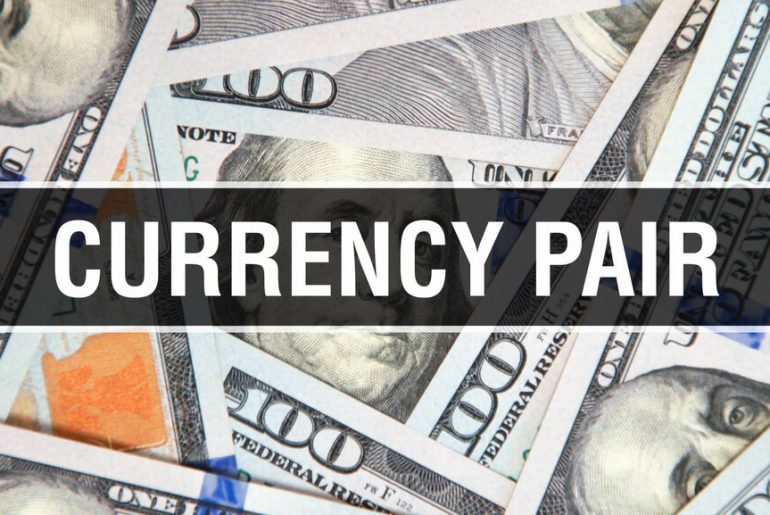In the vast landscape of the Forex market, alongside the major currency pairs tethered to the US dollar, exists a fascinating realm of cross-currency pairs where the dollar is absent. While trading major currency pairs revolves around analyzing the dollar’s movement, navigating cross-currency pairs shifts the focus to evaluating currencies against each other without the dollar’s influence. These pairs, known as cross rates, offer unique and intriguing trading opportunities and dynamics that differ from their major counterparts. This article delves into the main features of cross-currency pairs and factors that affect quotes.
The Most Popular Cross-Currency Pairs So Far
Those involving the euro stand out for their high liquidity and trading volume among many cross-currency pairs. Pairs such as EUR/CHF, EUR/GBP, and EUR/AUD attract significant attention from traders due to their robust market activity. Interestingly, there are instances where the liquidity of pairs like EUR/CHF surpasses that of USD/CHF, a phenomenon fueled by institutional players keen on trading the Swiss franc.
Another noteworthy group of cross-currency pairs revolves around the Japanese yen. Pairs like CAD/JPY, NZD/JPY, and GBP/JPY combine currencies like the Canadian dollar, New Zealand dollar, and British pound with the yen.
Cross-currency pairs offer diverse trading opportunities beyond the scope of major pairs, providing traders with exciting opportunities to profit from market dynamics and currency relationships. Whether navigating the euro-centric pairs or delving into the realm of yen-based crosses, understanding the nuances of cross-currency trading can unlock thrilling new avenues for profitability in the Forex market.
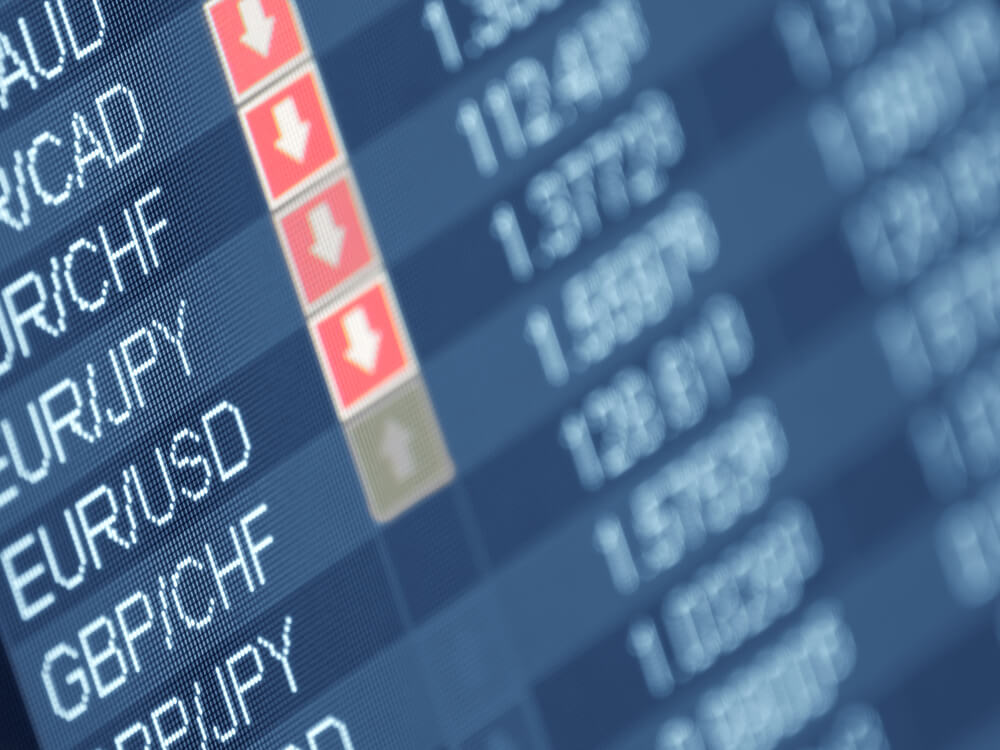
The Carry Trade Strategy
A carry trade is a strategy where traders profit from the interest rate differential between two currencies. Essentially, it involves selling a currency with a low interest rate, such as the Japanese yen, and simultaneously purchasing a currency with a higher interest rate, thus profiting from the interest rate differential.
Notably, advanced countries such as Canada, New Zealand, and the UK often boast higher interest rates, making their currencies desirable choices when engaging in carry trades against the Japanese yen. This strategic move allows traders to leverage the disparity in interest rates to their advantage, aiming to secure profits from the interest rate spread.
However, navigating the forex market, mainly when trading major currency pairs, can present challenges, especially when the strength of the US dollar and the second currency in the pair reaches equilibrium. During such instances, predicting the future movement of the US dollar becomes uncertain, posing a dilemma for traders.
For instance, in scenarios where both the US and the Eurozone witness robust economic growth, determining whether to take a long or short position can be perplexing. This ambiguity underscores the intricacies of forex trading, where economic factors and geopolitical events intertwine to shape market dynamics.
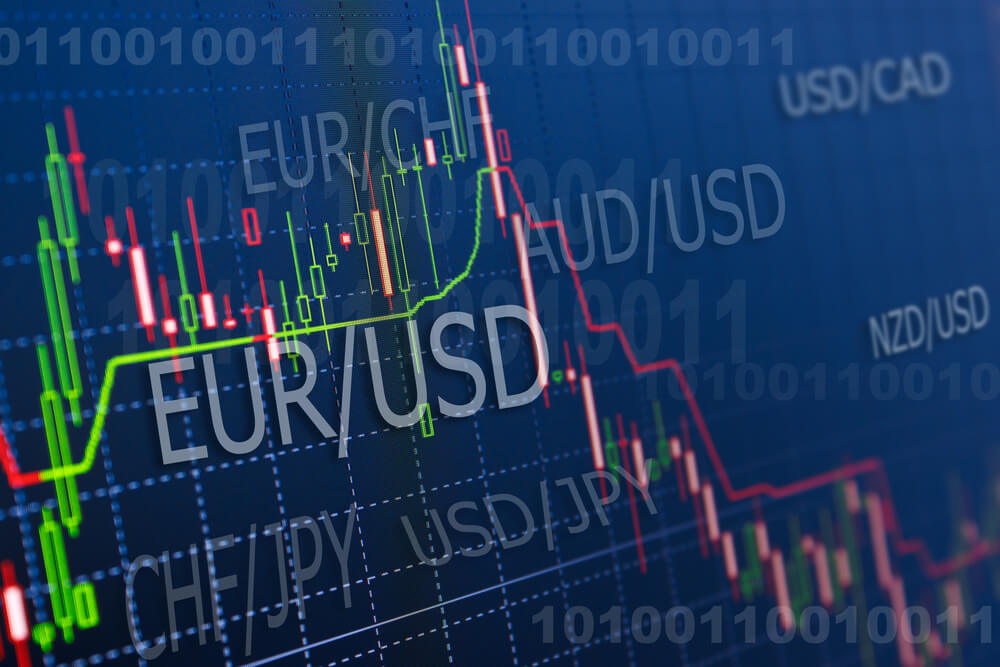
Amidst such complexities, seizing opportune moments for trading cross-currency pairs, like the Euro-Yen (EUR/JPY), requires astute observation of geopolitical developments. For instance, geopolitical tensions stemming from North Korea can exert pressure on the yen, presenting favorable conditions for trading the EUR/JPY pair.
The carry trade strategy offers a nuanced approach to currency trading, blending economic analysis with geopolitical insights to navigate the ever-evolving forex landscape. By strategically leveraging interest rate differentials and staying attuned to global developments, traders can unlock potential opportunities for profit in the dynamic world of currency trading.
Along with carry trade, traders can use traditional technical analysis strategies based on indicators or patterns to profit from quotes’ fluctuations. Both simple and complex systems can be applied to trade cross-currency pairs.
The Most Traded Cross-Currency Pairs
It is better to pick those assets popular among banks, investment, hedge funds, and other retail traders to get the most out of trading with cross-currency pairs. Here are some of the most trendy currencies one can find in Forex.
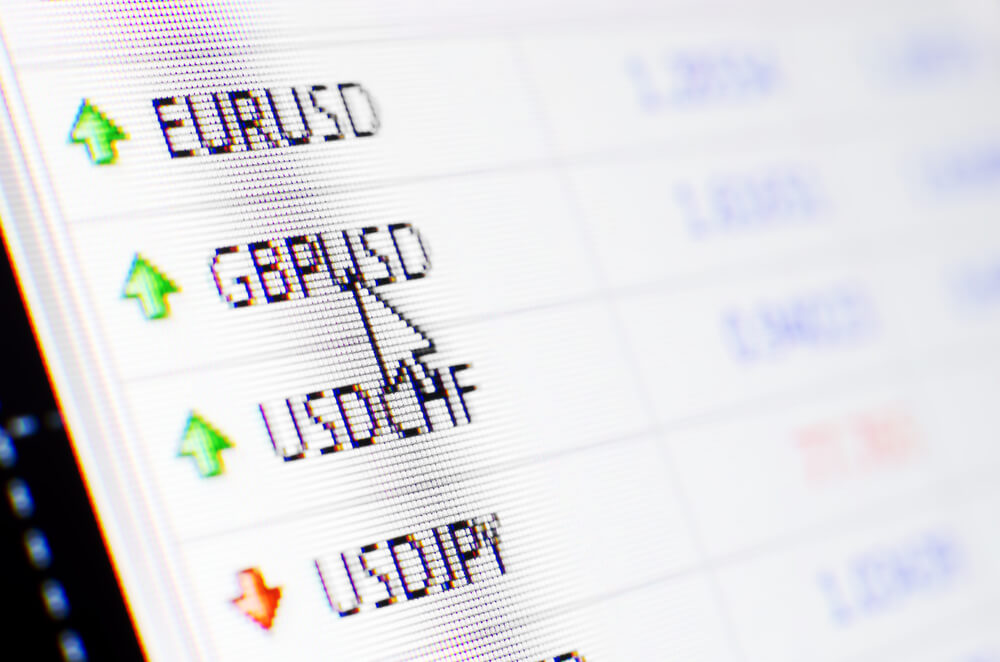
EUR/CHF
Switzerland’s economic ties with the Eurozone make EUR/CHF a favored choice for traders, particularly in carry trades. With Switzerland having a relatively low interest rate, this pair offers opportunities for profiting from interest rate differentials. Notably, since 2011, the exchange rate has been pegged at 1.2000 by the Swiss National Bank, ensuring stability in its movements. However, in 2015, unpegging took place, and CHF started fluctuating without any connection to EUR.
EUR/JPY
EUR/JPY holds significant popularity among traders due to its correlation with USD/JPY and EUR/USD. Based on interest rate differentials and growth disparities between Japan and the Eurozone, this cross-currency pair is subject to speculation. Traders keenly monitor economic indicators and growth trends to inform their trading decisions.
NZD/JPY
Renowned for its high interest rate differential among developed countries, NZD/JPY is a sought-after choice for carry trades. This pair presents opportunities for long positions, especially when supported by favorable fundamental and technical indicators. Traders capitalize on interest rate differentials to maximize profits in this dynamic currency pair.
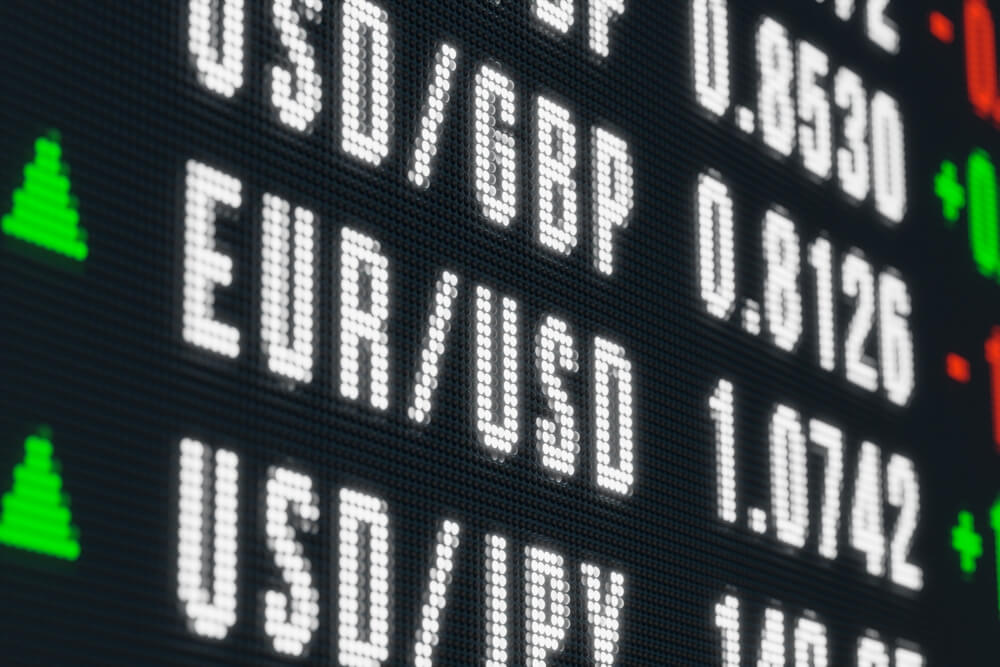
EUR/GBP
Given the Eurozone’s significant economic ties with the UK, EUR/GBP emerges as a strategic choice for traders focusing on the fundamentals of the British pound. As one of the UK’s major trading partners, the Eurozone’s economic performance influences trading decisions involving EUR/GBP. Traders assess macroeconomic factors and geopolitical developments to navigate the movements of this cross-currency pair effectively.
CAD/JPY
CAD/JPY presents a unique opportunity for forex traders to capitalize on oil price movements. With Canada ranking as the world’s third-largest holder of oil reserves after Venezuela and Saudi Arabia and a net exporter, it stands to benefit from rising oil prices. Conversely, as a primary oil importer, Japan faces adverse effects from oil price hikes. Therefore, when anticipating an increase in oil prices, traders often find favorable conditions for opening long positions on the CAD/JPY cross-currency pair.
Cross-currency pairs allow traders to execute carry trades, leveraging the economic conditions of both countries. Each cross-currency pair boasts distinct characteristics, such as variances in interest rates and dependencies on specific political and economic events. These factors play a pivotal role in shaping the trajectory of their trends, offering traders diverse opportunities for profit generation in the forex market.

